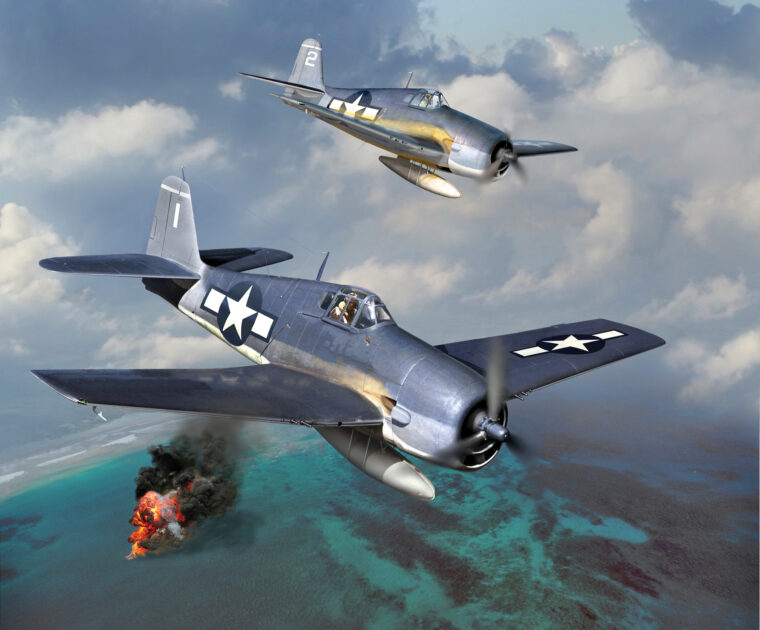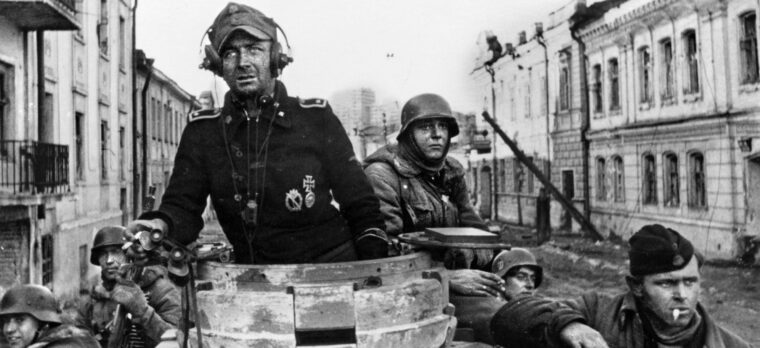
WWII
The Ijmuiden Raids: None Came Back
By Allyn VannoyEven as they were being integrated into the European Allied air campaign, the use and operation of American B-26 Marauders, and other medium bombers, was still being worked out—with sometimes, as at IJmuiden, Holland, disastrous results. Read more























